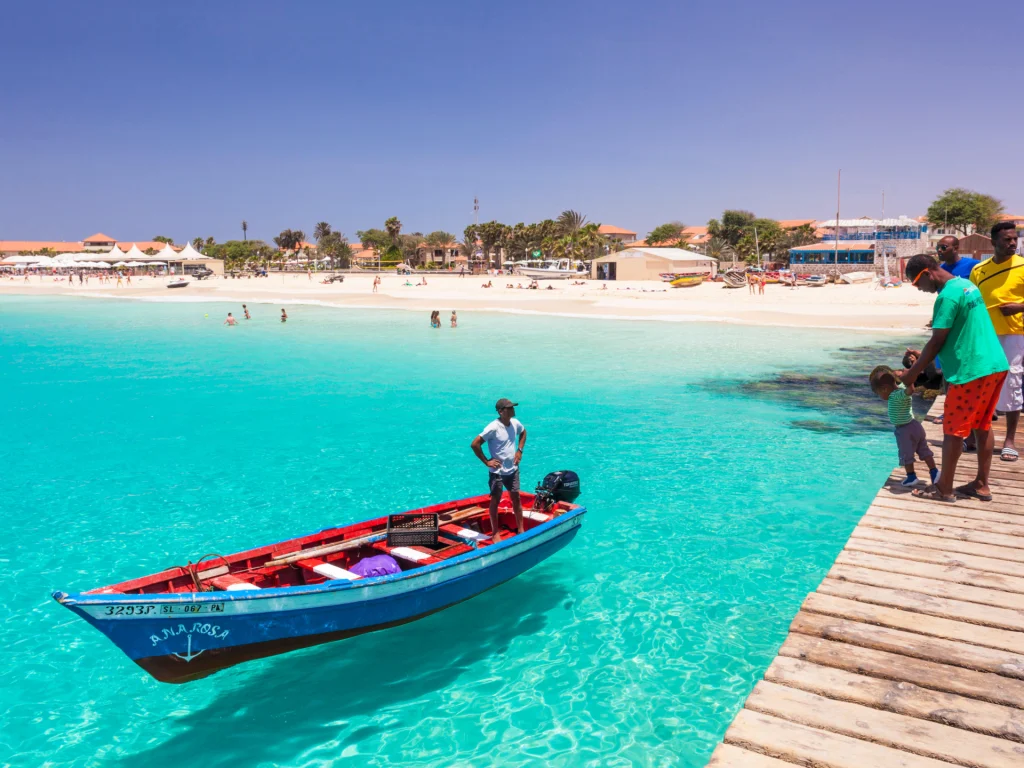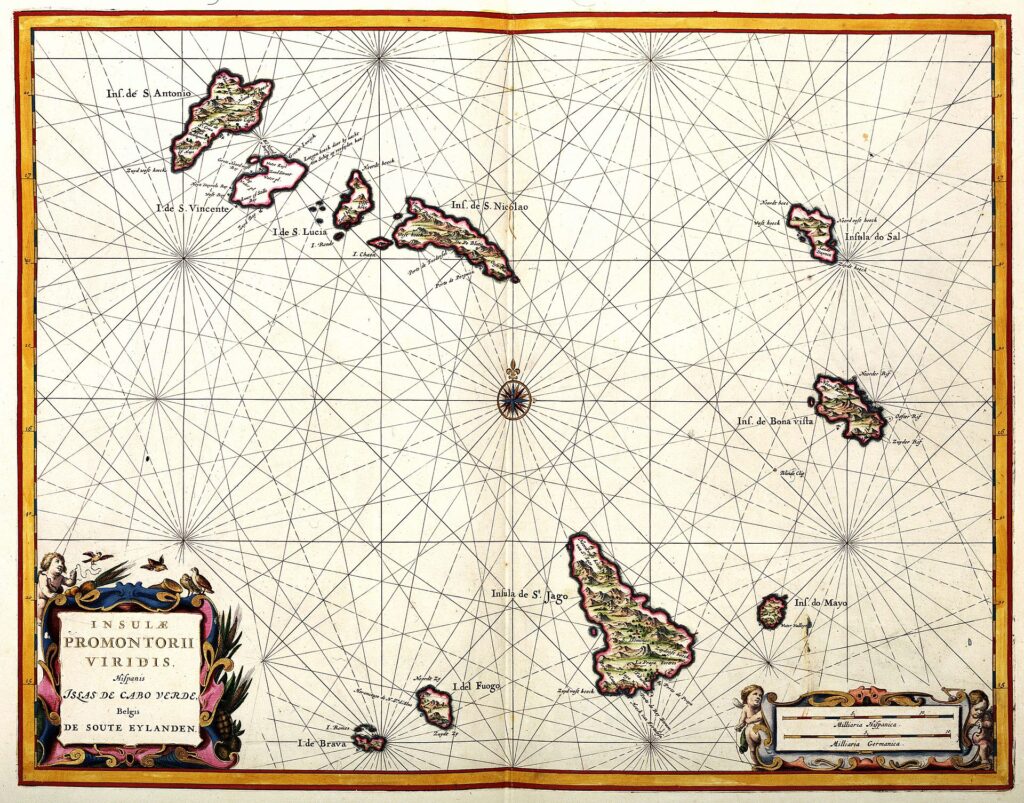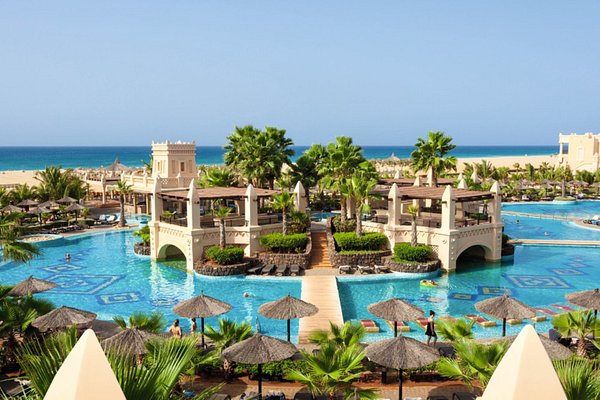exploring the wonders of Cabo verde
10 Islands 1 destination

Cape Verde, also known as Cabo Verde, stands as a captivating archipelago nation situated in the central Atlantic Ocean, approximately 570 kilometers (about 350 miles) off the coast of Senegal. Its composition of ten volcanic islands and eight islets creates a mesmerizing fusion of African and European influences, shaped by a rich history, diverse culture, and geographical allure.
Geographically divided into the Barlavento Islands to the north (Santo Antão, São Vicente, Santa Luzia, São Nicolau, Sal, and Boa Vista) and the Sotavento Islands to the south (Maio, Santiago, Fogo, and Brava), Cape Verde showcases a unique blend of African and European cultures. The capital, Praia, situated on Santiago Island, serves as the largest city.
Initially uninhabited, the archipelago welcomed Portuguese explorers in the 15th century, marking the establishment of the first European settlement in the tropics. Throughout the 16th and 17th centuries, Cabo Verde flourished as a pivotal center along the Atlantic slave trade routes, attracting traders, privateers, and pirates. However, economic decline followed in the 19th century post the suppression of the slave trade, leading to significant emigration.
In 1975, Cabo Verde gained independence from Portugal, evolving into a stable representative democracy. Today, it stands as one of Africa’s most developed and democratic nations, boasting political stability and economic growth.


The country’s economy thrives on services, notably tourism and foreign investment. Its alluring landscapes, rich culture, and tropical climate entice visitors seeking natural beauty and cultural heritage. Pristine beaches, especially on Sal and Boa Vista islands, have become popular tourist destinations, offering relaxation, water sports, and exploration opportunities.
